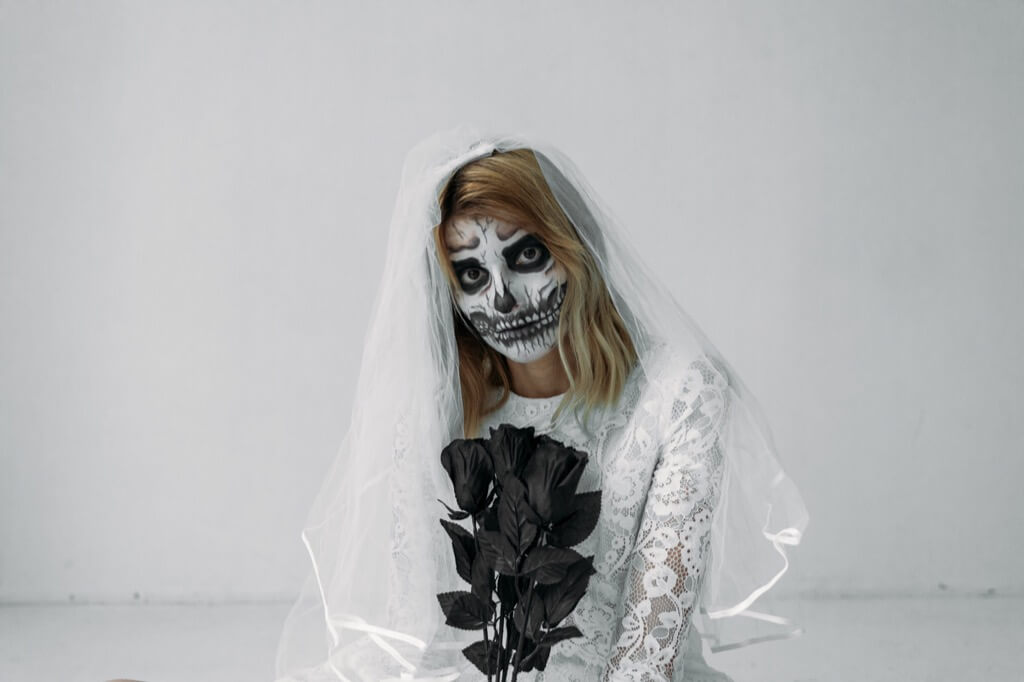- Daylight Saving Time and Its Sweet Ties to Halloween - December 1, 2023
- Puerto Rico’s Ponce Massacre - November 30, 2023
- The Origins of the Doughnut - November 27, 2023
In this comprehensive exploration, we embark on an in-depth journey through time to unravel the captivating history of Daylight Saving Time (DST) in the United States. We will delve into its origins, revisions, and the unexpected influences that have left an indelible mark on our daily lives. As we navigate the intricate web of time, we will also uncover the surprising connection between DST and Halloween candy and pumpkins.
The history of Daylight Saving Time in the United States was anything but uniform before 1966. It was a patchwork of conflicting and confusing state and municipal statutes, leaving citizens in temporal disarray. While some states embraced DST, others opted out entirely, creating a bewildering situation for businesses and the general populace.
This lack of standardization prompted the need for federal intervention, ultimately leading to the passage of the Uniform Time Act in 1966. This groundbreaking federal law mandated the observance of DST nationwide, with exceptions for areas that chose to forgo it completely. According to the act, DST would officially commence on the last Sunday of April and conclude on the last Sunday of October.
The first significant adjustment to DST in the United States occurred in 1986, reshaping the way Americans experienced time. This change moved the start date of DST from the last Sunday of April to the first Sunday in April, effectively extending the period of DST. Advocates of this alteration argued that it could lead to reduced energy consumption, as people relied less on artificial lighting during the evening hours.
One of the key drivers behind the extension of DST was the goal of energy conservation. Proponents believed that maximizing daylight during the warmer months would result in reduced energy usage. However, as we delve deeper into the story, we’ll explore the ongoing debate surrounding the actual energy-saving benefits of DST.
The Surprising Influence of the Candy Industry
Now, let’s introduce a surprising twist to the DST narrative: candy pumpkins. The year 2005 marked another pivotal revision to DST, bringing forth changes that would impact not only our clocks but also our Halloween traditions.
The alteration of DST in 2005 was part of the Energy Policy Act of that year, a piece of legislation aimed at promoting energy efficiency. One of the primary goals of this change was to save energy. However, skeptics, including Michael Downing, the author of “Spring Forward: The Annual Madness of Daylight Saving Time,” questioned whether DST genuinely achieved energy savings.
According to Downing, Congress had been repeatedly informed that DST did not result in significant energy savings. Any reduction in energy use at home and in the workplace was often offset by increased traffic caused by people taking advantage of longer daylight hours to engage in activities such as shopping.
However, a surprising advocate for DST extension emerged—the candy industry. This lobby played a crucial role in advocating for the further extension of DST, with a simple yet sweet motive: an extra hour of daylight meant an extra hour for trick-or-treating on Halloween.
The candy lobby’s efforts to influence DST were so persuasive that they even resorted to a bit of playful bribery. In 1985, members of the candy industry arrived at the Senate chambers with bags of candy pumpkins in hand. Just before a crucial hearing, they scattered these sweet treats on each senator’s chair, hoping to sweeten the deal.
Their “treats for tricks” strategy didn’t result in an immediate victory, as Congress maintained the clock rollback date before Halloween. However, their persistence paid off twenty years later when the 2005 bill brought the coveted change.
This adjustment allowed children across the United States to enjoy an extra hour of daylight for trick-or-treating, creating a sweeter Halloween experience for generations to come.
While DST is now a nationwide practice, there is an exception to the rule—Arizona. The state of Arizona does not observe Daylight Saving Time. However, here’s where it gets intriguing: the Native American Navajo Nation, located within Arizona, does observe DST.
Adding another layer of complexity, the Hopi Nation, another Native American tribe, is an enclave entirely surrounded by the Navajo Nation. However, the Hopi Nation, like most of Arizona, does not observe Daylight Saving Time. This unique situation leads to a divergence in timekeeping practices within the same geographical region.
As we’ve ventured through the captivating history of Daylight Saving Time (DST) and its unexpected connection to Halloween candy and pumpkins, you might be wondering about its future. How will the sweet influence of the candy lobby continue to shape our experience with time? Let’s take a moment to explore the potential future impact of this intriguing relationship between candy, Halloween, and DST.
Modernizing the Energy Debate
One of the most pressing questions surrounding DST is whether it truly achieves its intended goal of energy conservation. The debate has raged on for years, with experts offering contrasting viewpoints on whether DST actually results in significant energy savings.
In the future, you can expect this debate to become even more critical as concerns about energy efficiency and environmental sustainability continue to grow. Policymakers will likely revisit the effectiveness of DST in reducing energy consumption. As a responsible consumer, staying informed about the ongoing discussions on energy conservation and DST can empower you to make energy-efficient choices in your daily life.
The candy industry’s successful lobbying efforts to extend DST for an extra hour of Halloween trick-or-treating have forever intertwined the holiday with our clocks. In the years ahead, you can anticipate Halloween traditions evolving to embrace this extra hour of daylight.
Future Halloweens may feature extended trick-or-treating hours, allowing children and families to enjoy a safer and more well-lit experience. Communities may organize special events and activities that take full advantage of this additional daylight. As a parent or participant in Halloween festivities, you can look forward to more time to enjoy the magic of this beloved holiday.
The case of Arizona, the Navajo Nation, and the Hopi Nation highlights the complexity of timekeeping practices within a single geographical area. As our world becomes increasingly interconnected, it’s possible that similar challenges will arise in other regions.
You may find yourself navigating time zones and DST observance in your travels or interactions with people from diverse backgrounds. Staying informed about timekeeping practices and respecting local customs related to DST can help you avoid scheduling conflicts and maintain positive relationships with people from different regions.
With advancements in technology, the process of adjusting our clocks for DST may become more automated and seamless. Smart devices, such as smartphones and home automation systems, could handle DST transitions effortlessly, sparing you the hassle of manually changing your clocks.
As technology evolves, you can expect more accurate and synchronized timekeeping practices. Embracing these technological advancements can simplify your life and ensure you’re always in sync with the changing seasons.
The Verdict on Daylight Saving Time
In conclusion, the history of Daylight Saving Time in the United States is a tale filled with twists, turns, and unexpected influences. From the chaotic pre-1966 days to the candy industry’s sweet victory in 2005, DST has left an indelible mark on our daily lives.
While the energy-saving aspect of DST remains debatable, its impact on Halloween traditions and commerce is undeniable. As we adjust our clocks forward and backward each year, it’s worth reflecting on the fascinating history that brought us this temporal phenomenon.
So, the next time you savor a piece of Halloween candy or witness the changing seasons, remember that behind it all is a story of time, commerce, and the sweet influence of candy pumpkins. Daylight Saving Time continues to be a subject of debate, but its ties to our shared cultural experiences are unquestionable.










